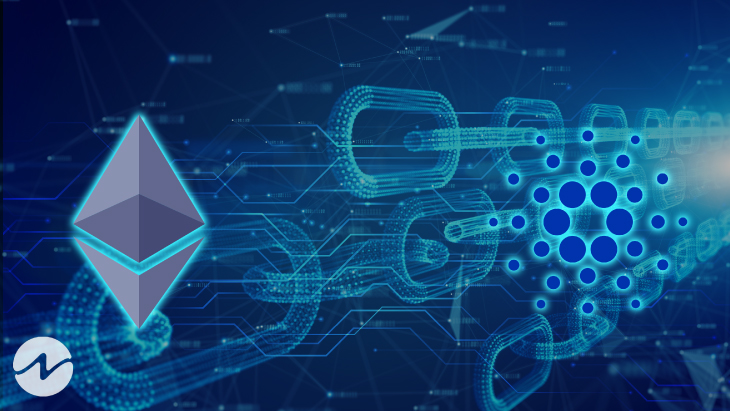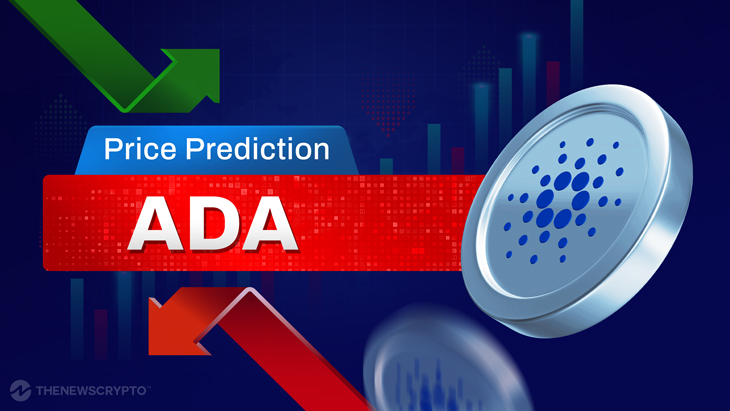- Milkomeda and Iagon Token Bridge require that users hold at least four milkAda tokens.
- Token Bridge is currently in beta testing mode.
Using the service, investors may use Milkomeda to transfer their USDC from Ethereum to the Cardano Blockchain. As a Cardano Native Asset, the user may change USDC from Ethereum to Milkomeda and then back to Cardano.
1 MilkAda as Smart Contract Payment
Milkomeda and Iagon Token Bridge require that users hold at least four milkAda tokens in their wallets before they may do an exchange. Cardano users who don’t have enough or any milkAda tokens in their EVM wallet may transfer ADA from any other Cardano wallet to get their tokens. Although four milkAda are needed for the exchange, just one milkAda is needed as a smart contract payment. In the EVM wallet, the remaining milkAda will be stored.
Bridge page users may link their Cardano wallets after having the necessary tokens for the switch. Their Nami or Flint wallets may be used for this purpose. Customers can submit their ADA to the supplied address after selecting Milkomeda C1.
Token Bridge is currently in beta testing mode. Cardano and Ethereum’s blockchains already provide a way to change tokens; hence the state is unnecessary. ERC-20 IAG tokens may be swapped for native Cardano tokens on the platform in both ways. The Milkomeda sidechain powers the Bridge.
Cardano’s ecosystem has gone a long way since its debut in 2015. After the Alonzo hard fork, which permitted the building of Dapps and smart contracts, it became a key participant in the DeFi business. As the next hard fork approaches, Cardano’s development effort is high. Early in May, the index had plummeted, but as the Vasil Hard Fork event neared, it started to rise again.








